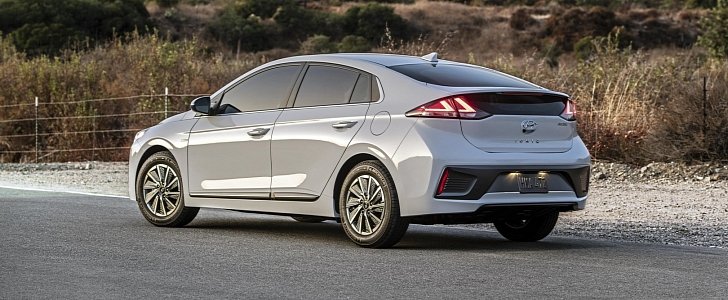Even though it may not look like it, Hyundai is one of the biggest players in the EV segment thanks to a multitude of models as well as the choice between hybrid, plug-in hybrid, fully electric, and fuel-cell vehicles. This time around, we’ll focus on BEVs – or better said – how to maximize the battery’s life with a few simple suggestions.
First and foremost, we should talk about the fine print. Be it the Ioniq Electric or Kona Electric, the lithium-ion battery is covered by a 10-year/100,000-mile warranty in the United States of America. Considering that the pack is arguably the most expensive part of a BEV, this coverage is more than adequate for the owner’s peace of mind.
Moving on to those simple suggestions mentioned in the opening paragraph, the first of five boils down to discharging the battery. If the charge-o-meter repeatedly goes under 20 percent, there are chances your pack will degrade sooner rather than later.
Tip number two is about charging more frequently, thus preventing the battery charge from dipping below 20 percent. Charging every day or every two to three days would be ideal. To keep the battery charge higher over time, Hyundai recommends refraining from extended periods of heavy acceleration. After all, the Ioniq Electric and Kona Electric aren’t as fun acceleration-wise as a Tesla Model S Performance.
For the fourth suggestion, EV owners are recommended to park the car in the shade whenever possible. Lithium-ion batteries degrade faster as the temperature rises, and as you all know, extremely low temperatures also cut back on driving range.
Last, but certainly not least, “lower your maximum charging limit.” Even when the charge-o-meter shows 100 percent, the battery is actually charged to 90 or 80 percent because Hyundai knows that charging to 100 percent would accelerate degradation.
The best practice is to fill ‘er up to 80 percent for everyday use. Whenever you take a long drive and need those extra miles, charging to 100 percent is fine with the condition that charging to the battery’s maximum capacity doesn’t become a routine.
Moving on to those simple suggestions mentioned in the opening paragraph, the first of five boils down to discharging the battery. If the charge-o-meter repeatedly goes under 20 percent, there are chances your pack will degrade sooner rather than later.
Tip number two is about charging more frequently, thus preventing the battery charge from dipping below 20 percent. Charging every day or every two to three days would be ideal. To keep the battery charge higher over time, Hyundai recommends refraining from extended periods of heavy acceleration. After all, the Ioniq Electric and Kona Electric aren’t as fun acceleration-wise as a Tesla Model S Performance.
For the fourth suggestion, EV owners are recommended to park the car in the shade whenever possible. Lithium-ion batteries degrade faster as the temperature rises, and as you all know, extremely low temperatures also cut back on driving range.
Last, but certainly not least, “lower your maximum charging limit.” Even when the charge-o-meter shows 100 percent, the battery is actually charged to 90 or 80 percent because Hyundai knows that charging to 100 percent would accelerate degradation.
The best practice is to fill ‘er up to 80 percent for everyday use. Whenever you take a long drive and need those extra miles, charging to 100 percent is fine with the condition that charging to the battery’s maximum capacity doesn’t become a routine.

























